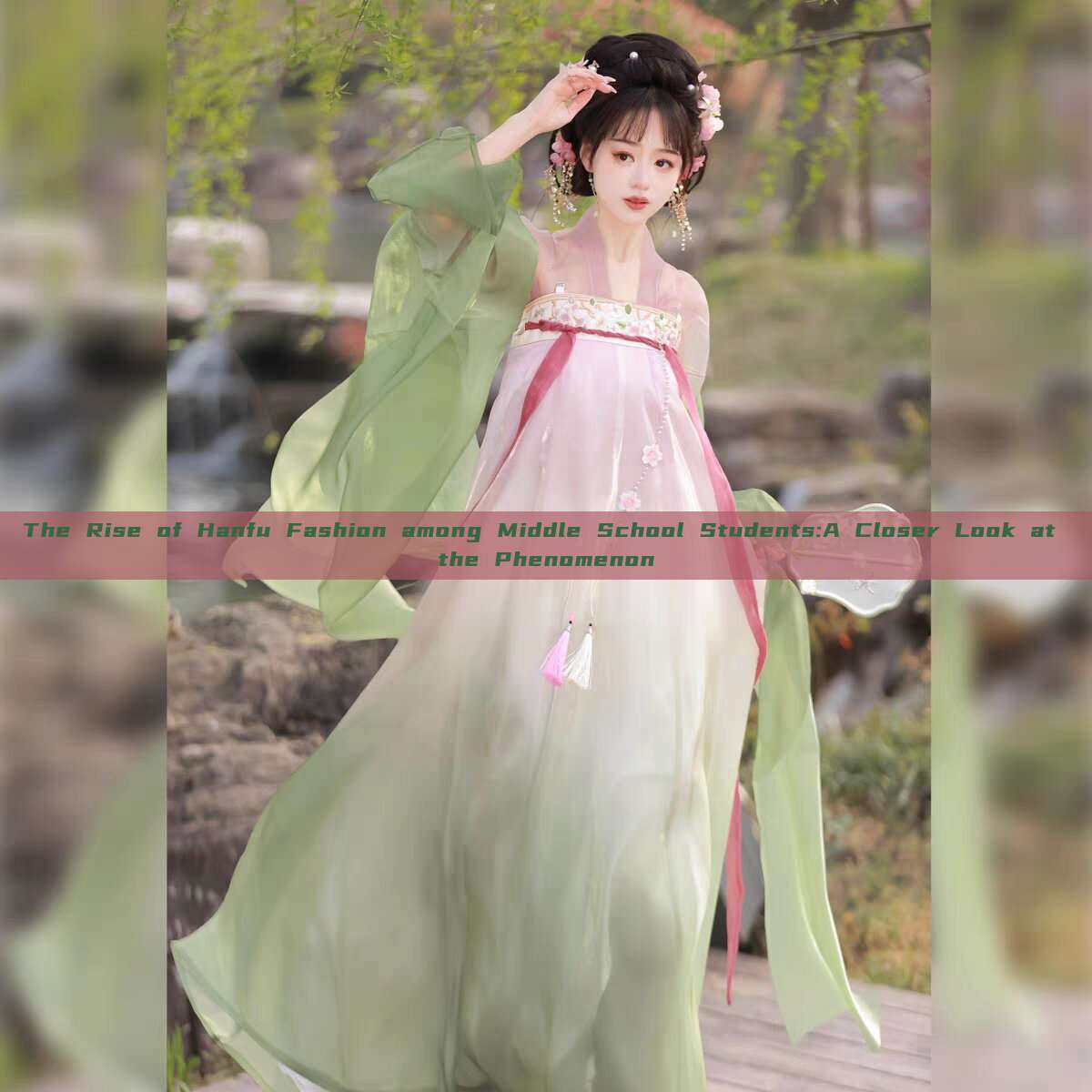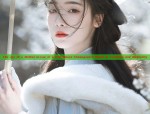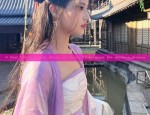The Rise of Hanfu Fashion among Middle School Students:A Closer Look at the Phenomenon
In recent years, a new trend has been gaining popularity among middle school students in China - the revival of Hanfu, the traditional clothing of the Han ethnic group. This article delves into the phenomenon of Hanfu fashion among this young demographic, exploring its origins, impact, and potential implications.

The Hanfu fashion trend can be traced back to the rising interest in traditional Chinese culture and heritage. As part of this cultural renaissance, more and more young people are embracing traditional elements in their daily lives, including fashion. Hanfu, which has a history dating back over thousands of years, is now being embraced by a new generation of students as a symbol of cultural identity and pride.
The popularity of Hanfu fashion among middle school students is evident in various school events and activities. Many students choose to wear Hanfu to school on special occasions such as cultural festivals or traditional celebrations. Some even wear it regularly, incorporating traditional elements into their everyday wardrobe. The trend has also taken root on social media platforms, with students sharing photos of themselves in Hanfu, further promoting its popularity among peers.
The impact of Hanfu fashion on middle school students is multifaceted. Firstly, it provides an opportunity for them to connect with their cultural roots and understand the rich history of their ethnic group. By wearing Hanfu, students are not only showcasing their pride in traditional Chinese culture but also learning about its history and values.
Secondly, Hanfu fashion encourages creativity and self-expression. Students have the freedom to choose different styles and designs, allowing them to express their personality and style through their clothing. This is especially important during the adolescent years, when individuals are exploring their identity and sense of self.
However, the rise of Hanfu fashion also comes with certain challenges. Some students may face social pressure to conform to the trend, leading to a narrow perception of fashion and individuality. Additionally, the cost of authentic Hanfu can be a barrier for many students, leading to the emergence of cheaper alternatives that may not uphold the true essence of traditional Chinese culture.
Moreover, the promotion of Hanfu fashion should not be limited to surface-level aesthetics but should also focus on education and understanding. It is crucial to educate students about the deep-rooted cultural significance of Hanfu and its historical context. By doing so, they can become true ambassadors of traditional Chinese culture, promoting it beyond fashion and into various aspects of their lives.
In conclusion, the rise of Hanfu fashion among middle school students is a significant phenomenon that reflects the growing interest in traditional Chinese culture. While it provides an opportunity for self-expression and connection with cultural roots, it also comes with challenges that need to be addressed. It is essential to strike a balance between promoting the trend and fostering a deep understanding of its cultural significance. By doing so, we can ensure that this generation of young students becomes true ambassadors of traditional Chinese culture, preserving its rich heritage for future generations.
In the end, as Hanfu fashion continues to gain popularity among middle school students, it is important for society to support and encourage this trend while also promoting education about its rich cultural heritage and history. Only through a balanced approach can we ensure that this phenomenon becomes a true celebration of traditional Chinese culture rather than just a passing fad.

 Previous Post
Previous Post





